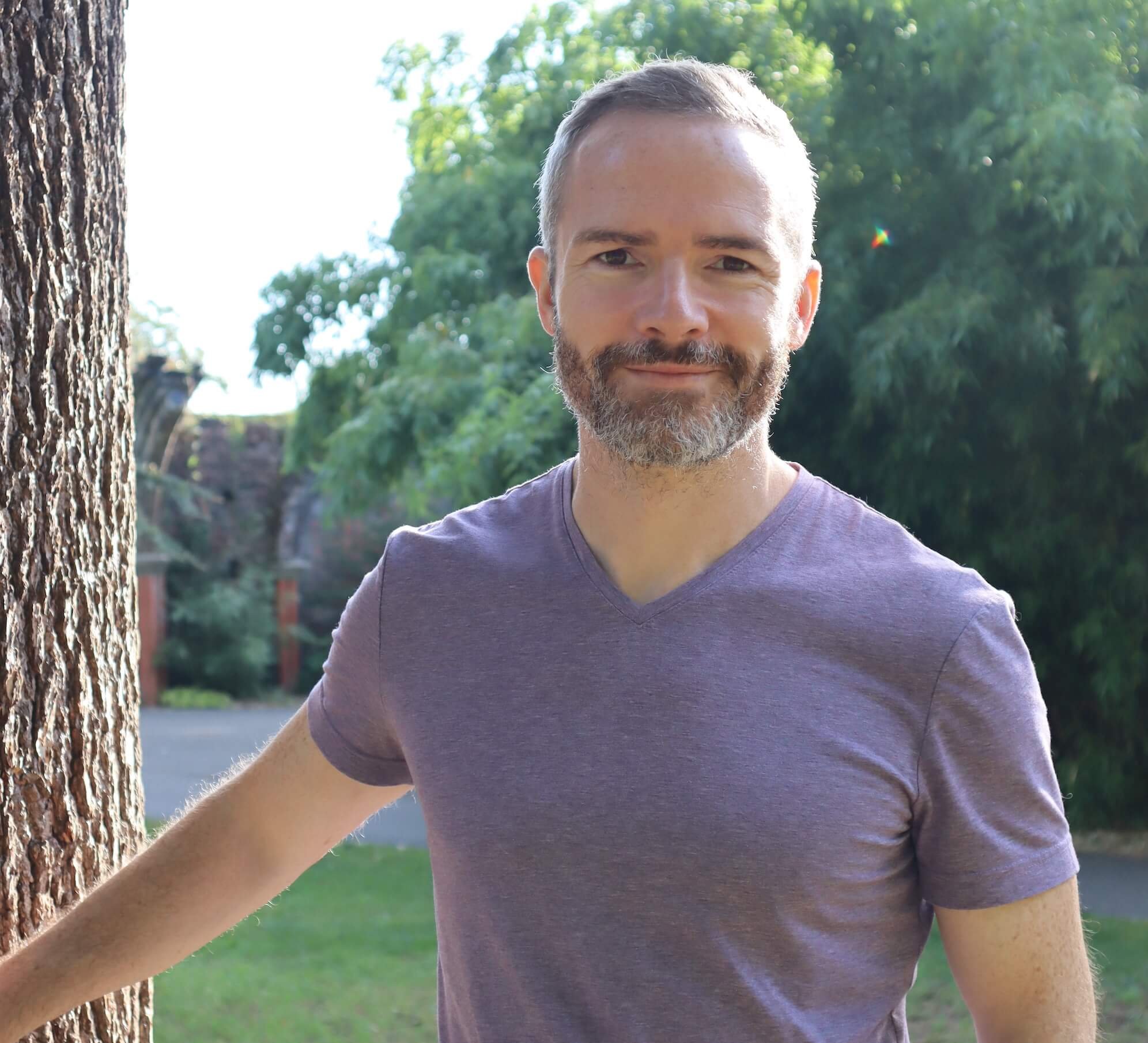A waking WAVE in life and work
Step 5: Your WAVE in practice
In the last step, we were able to emerge from a moment of stress with greater awareness, understanding and perspective. This was made possible because we first stopped to WATCH [Step 1] over our experience and then used an ANCHOR [Step 2] to bring some stability. To avoid the pull back into stress, we decided to VIEW [Step 3] how we were responding to our experience - with acceptance and understanding rather than rejecting, denying or ignoring. This enabled us to EMERGE [Step 4].
Today we will look at the ways these steps can be applied in life and work, in one simple and memorable practice. This can be as short or long as you like, in a quiet or busy space. It can be:
used casually in everyday life - you could be at home making dinner, on a call, travelling on a train, or waiting in a queue.
integrated as part of a meditation - you could put aside dedicated time, to sit, lie down or stand and work through the steps.
It only takes a moment to check-in wherever you find yourself experiencing stress, or get a sense that a wave of stress is on the horizon. And even if you are not feeling stressed, it can help you to really tune into your life and present moment experience, to get in touch with your thoughts, feelings and emotions and come away with valuable knowledge, awareness and perspective. To be fully embodied and conscious of your responses in any given situation.
It is intentionally easy to remember, as an acronym “WAVE”
WATCH over your experience.
ANCHOR with the body, breath or sounds.
VIEW how you are responding.
EMERGE with understanding.
We shared some real life examples throughout the previous steps, where you could use these steps, such as responding to a moment of overthinking, mental overload or whilst experiencing physical stress symptoms in the body. The key to consistently applying this in daily life and work, is by making it a healthy habit. By turning it into a daily waking WAVE.
Making your WAVE a healthy habit
When we bring an intention to do something, or to make something possible, we are much more likely to follow through and complete our task. If you want a day at the beach, you will be sure to look out for sunny skies. You might even set a reminder to do that!
Likewise, when you intend to build a healthy habit, the associations made in your brain are strengthened when you first set this intention, reaffirm it regularly with reminders, and then reinforce it through the resulting actions, experiences and outcomes. This works in the same way as any important goal or task, we set an intention to complete. It could be learning a new language, gaining a qualification, training for a 5k run, or committing to a personal or organisation goal. Even something as simple as getting up from our desk to stretch our legs every hour, drinking water regularly, or reading something new each day. The repetition quickly makes it a habit and we benefit from the incremental effects of our efforts.
All these effects combine to make it much more likely I will commit this to memory - a phenomenon know as the ‘generation effect’ where information is better remembered, when you ‘generate’ it yourself.
For example, if we drink water more regularly, we feel more hydrated, our bodies stay healthier and our sense of wellbeing improves. The intention (and your attention to this) gets you started and keeps you on track. In fact, I just stopped typing to get up, stretch my legs and drink a glass of water…and I can confirm coming back to my chair that I feel more refreshed and focused because of it! It helps that I use visual aids and word cues, to prompt me.
All these effects combine to make it much more likely I will commit this to memory; a phenomenon know as the ‘generation effect’ where information is better remembered, when you ‘generate’ it yourself. So in the case of an intention to commit to a new goal, you ‘generate’ the intention in your mind first. Writing it down is a second ‘regeneration’ or reprocessing of the intention in your mind. Added to this, the ongoing visual cues, help to keep it firmly in place. It really sticks.
OK, so let’s say we are ready to set our intention to do this practice. How could I practically apply WAVE in life and work? Taking the previous example of a moment of overthinking, or mental overload, here’s how we could use it:
Reactively
You set an intention.
Planned
You set an intention and plan to use visual and audible cues.
In both situations, the practice allows you to:
calm stress reactivity whenever you need it most.
respond with self-supportive attitudes towards your experience.
emerge with greater knowledge, perspective and understanding.
However, when it is planned and you add more more ‘generating’ layers to the practice [visual/audible], it is more likely to become embedded in memory. To become a healthy habit. The opportunity for learning increases too and we build greater resilience for future difficult, or challenging moments, in life or work. Using WAVE becomes just one more way you can Leave Stress in Your Wake.
I hope this practice can bring greater calm, understanding and perspective for you. I certainly has for me. Would love to hear your thoughts and or any ways you put it into practice?
Thank you for joining us!
To find how you, your friends or organisation could dive a bit deeper, please visit our Courses and Coaching, download a course brochure below, or say hello@wakingwaves.com
Course Brochures
Mindfulness-Based Stress Reduction [8 week course]
Waves of Wellbeing and Resilience [6 week course]
Introduction to Mindfulness and Compassion [4 week course]






